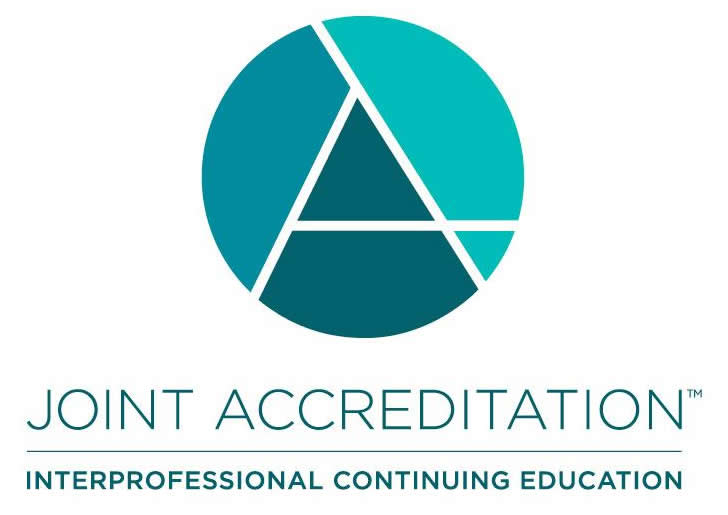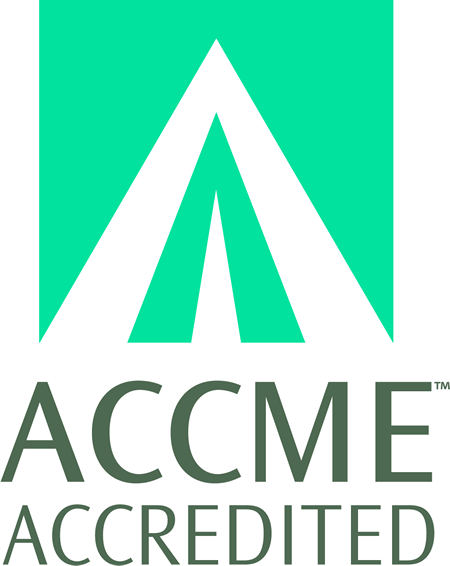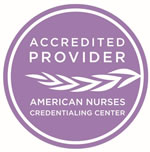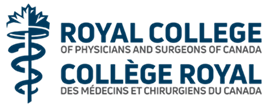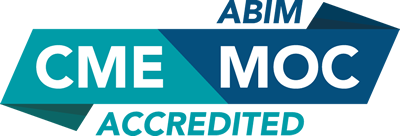
COURSE CREDITS & HOURS
16 AMA PRA Category 1 Credits™16 ACPE Credits
16.0 Contact Hours
16 (part II) MOC points in medical knowledge in the American Board of Internal Medicine's (ABIM) Maintenance of Certification (MOC) program
4 Hours of Pharmacology for Nurse Practitioners
COURSE FEES
TARGET AUDIENCE
PROGRAM PURPOSE
The purpose of this educational activity is to deliver current edge information on healthcare delivery, clinical practice, and more to help the interprofessional healthcare best serve the patient.
Participants will gain new skills and strategies on how to recognize and diagnose common rheumatologic disorders and determine which patients can be managed in their practices and which need referral to a specialist. Information on acute illnesses and injuries that require immediate attention will be provided along with topics on teamwork at the bedside.
- The Opioid Epidemic: How we got here, how we move forward
- Describe the Magnitude of the Opioid Epidemic
- Explain Screening & Staging Techniques
- Summarize BRIEF ( SBIRT) Effective Counseling
- Their Blood Pressure was What? Who needs what , when and where?
- Recognize the parameters of blood pressures that need emergency treatment
- Describe best practice treatment options for management of abnormal blood pressures
- Updates in DVT & PE--ICU or Home
- Describe the use of validated criteria to measure risk of early mortality in venous thromboembolism
- Classify parameters that make a patient with thromboembolism low or high risk
- Differentiate and manage life threatening PEs vs appropriate discharge strategies
- We“ve Got Your Back--a common sense approach to back pain
- List examples of the many medical causes of back pain
- Identify “red flags“ for those etiologies of back pain that need emergency evaluation. Describe emergency treatment options for common causes of back pain
- Beyond “clumsy“, Recognizing and assisting victims of intimate partner violence
- Describe the magnitude of intimate partner violence
- Explain how to perform consistent and effective screening for domestic violence (DV)
- Recognize history and physical exam findings that are consistent with patterns of abuse in clinical scenarios
- List opportunities and successful methods for intervention and prevention
- Sex and Gender Medicine- What it is and why you should care
- Differentiate between the terms biological sex and gender and describe how both can impact patient emergent care
- Teamwork at the Bedside: How it Impacts Patient Safety
- Identify and describe hazards and imperfect processes at the point of care
- Define communications vulnerabilities that affect safety in healthcare
- Illustrate tools that can enhance team functioning
- Survivor: how to last in a demanding profession
- Discuss risks of our profession to well-being
- Review recommendations to improve personal health
- Describe tools/resources to help combat these risks
- Is it a Joint? Clinical Approach to a Rheumatologic Patient
- Participants will be able to assess a joint vs soft tissue complaint through indepth look at the physical exam
- Back Pain- Is it inflammatory?
- Diagnose inflammatory back pain vs mechanical pain
- Gout
- Be confident in their diagnosis and be able to apply the management options and how to best utilize what is available
- Rheumatoid Arthritis
- Diagnose a rheumatoid patient, and manage long term health risk that are associated with the disease
- Lupus
- Recognize the disease, environmental effects on the patient as well as treatments used
- Osteoporosis
- Discover more about osteoporosis, the patients and when and how to treat these patients
- Medication Monitoring
- Examine the risks and side effects of frequently used medicines in rheumatology
- The Pregnant Patient
- Monitor and identify patients at high risk pregnancy as well as risk for poor outcomes









